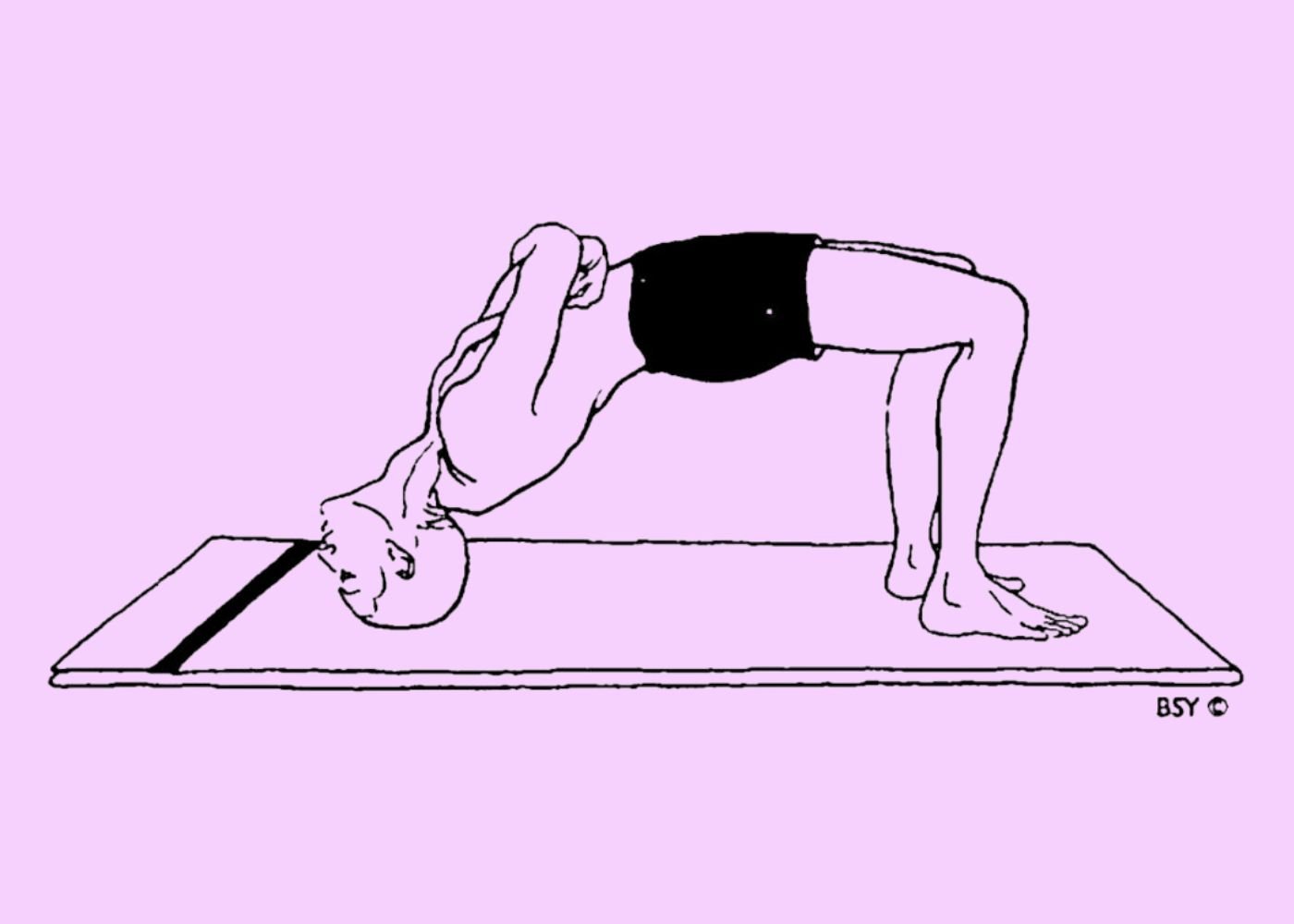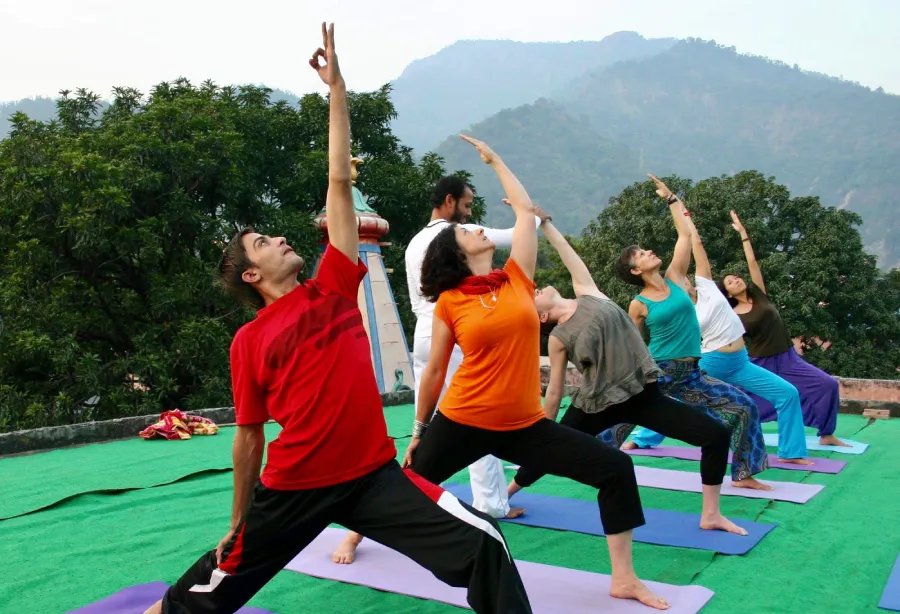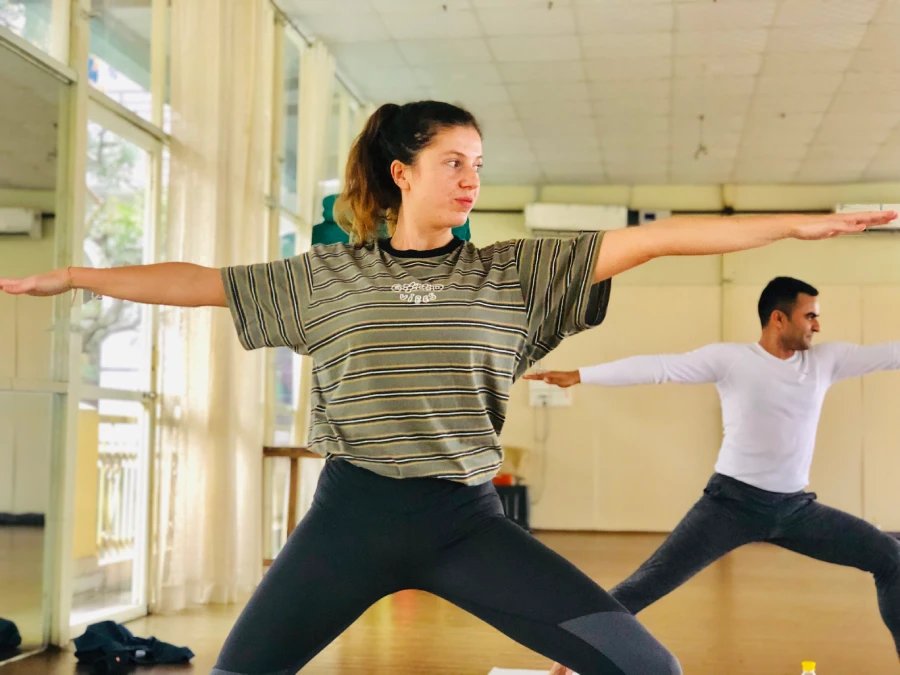Grivasana (Neck Pose)
Every asana (position) in the vast and ancient universe of yoga has its own special set of benefits and practices. We look at “Grivasana” today, a neck pose that is less common yet very powerful and deserving of attention. This yoga pose is quite beneficial for modern lives where neck discomfort and tension from extended hours in front of computers have become commonplace.
The Practice of Grivasana (Neck Pose)
The Sanskrit term “Griva” means neck, and the asana known as “Grivasana” is centered around strengthening and extending the muscles of the neck. Here’s a detailed tutorial on how to perform Grivasana:
- Initial Position: Start in a relaxed sitting position such as Thunderbolt Pose (Vajrasana) or Sukhasana (Easy Pose). Make sure your hands are softly resting on your knees, your shoulders are relaxed, and your spine is straight.
- Neck Alignment: Gently extend the back of your neck as you slowly draw your chin up to your chest. Take a few deep breaths and hold this position.
- Side Stretch: Without raising your shoulder, tilt your head in the direction of your right shoulder. Your neck’s side ought to feel somewhat stretched. After a few breaths of holding, move back to the center and repeat on the other side.
- Backward Tilt: Without straining your neck, lean your head back slightly from the center position. Maintain a relaxed and slightly open jaw. Take a deep breath and hold it for a short while.
- Neck Rotation: Turn your head slowly in a clockwise manner, completing a full circle in roughly five seconds. After five more repetitions, turn the handle anticlockwise for the same number of turns.
- Deep Breaths and Relax: Go back to your neutral posture, inhale deeply, and release all tension from your neck muscles.
Join: Yoga Teacher Training in India
Benefits of Grivasana (Neck Pose)
There are several advantages to practicing Grivasana, and it’s especially helpful in the digital age.
- Relieves Neck Tension:
This pose is a good way to release tension and stress that build up in the neck muscles, which are frequent in those who work long hours at desks or on mobile devices.
- Improves Flexibility:
Frequent practice improves the neck’s range of motion and flexibility, which lessens stiffness and increases mobility all over.
- Boosts Circulation:
The mild stretches increase blood flow to the head and neck, which enhances the oxygenation of the tissues and muscles.
- Aligns the Spine:
When done correctly, grivasana improves posture and lowers the chance of spine problems by maintaining spinal alignment.
- Eases Headaches:
Grivasana can help lessen the frequency and severity of tension headaches and migraines by releasing tension.
- Promotes Relaxation:
The pose helps people feel calmer and more relaxed, which lowers their stress and anxiety levels.
Precautions to Keep in Mind
Even though Grivasana is a reasonably moderate massage, there are a few things to be aware of in order to prevent strain or injury:
- Move Slowly and Mindfully:
Make sure every movement is deliberate and gradual to avoid jarring or abruptly straining the muscles in your neck.
- Avoid if Injured:
Those who have had recent surgery, serious cervical problems, or neck traumas should avoid this position or get medical advice before attempting.
- Listen to Your Body:
Never strain your neck more than it can tolerate. Remove yourself from the stance gradually if you experience any severe pain or discomfort.
- Support When Needed:
If necessary, support your neck with props like a cushion or rolled towel to ensure that you stay in the correct position.
- Stay Balanced:
To keep the neck muscles balanced and symmetrical, practice the pose equally on both sides.
Join 200 hour yoga teacher training in rishikesh
Any yoga practice will benefit greatly from the addition of grivasana, which specifically helps neck health and general well-being. Include this straightforward yet effective pose in your practice to help you cope with the stressors of contemporary life. As with any yoga practice, consistency is essential. You should also always give your body’s requirements top priority.
Namaste, happy stretching!
If you want to know more about neck pose so you can join our yoga teacher training in rishikesh and yoga teacher training in bali




